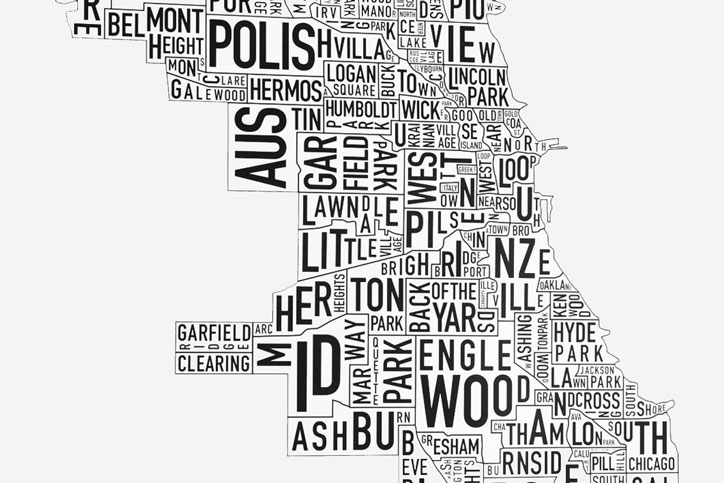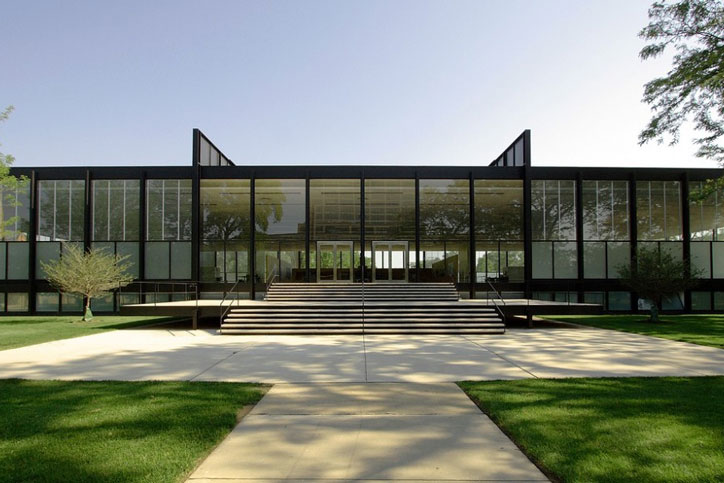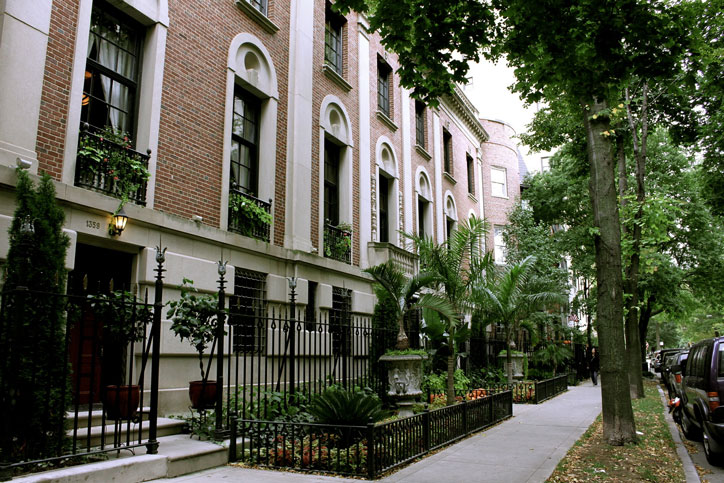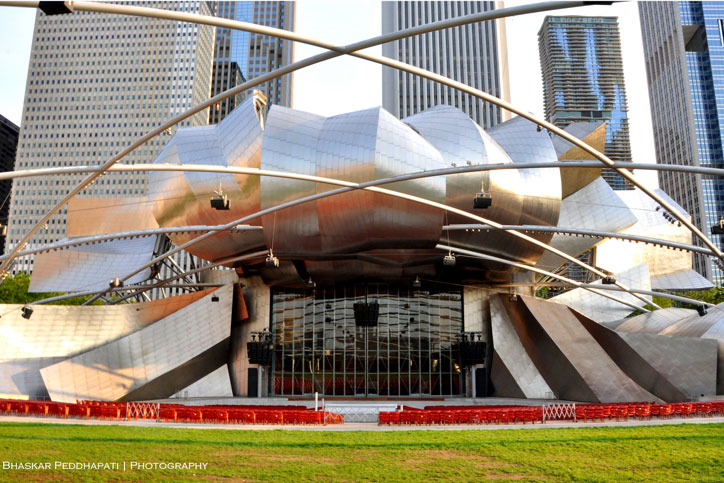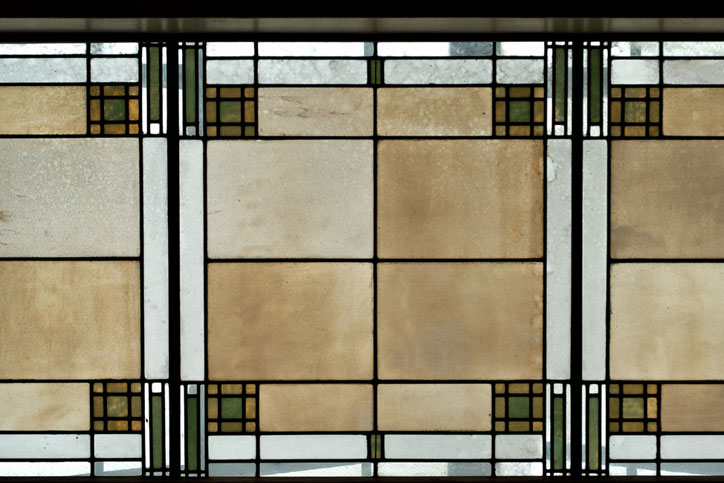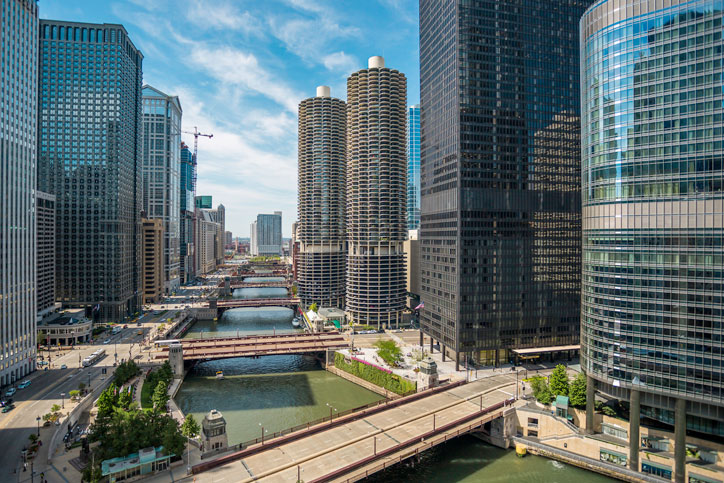Top 5 Chicago Neighborhoods
February 9, 2015 - 9 minutes readTraveling to Chicago for the first time, specially if you arrive looking to absorb every bit of architecture the “Windy City” has to offer, can be overwhelming, which is why our colleague Wendy Bright is writing the Chicago Architectural Travel Guide. But, in the mean time, for those of you who might be visiting before the publish of the guide, we want to provide you with some tips that will help you learn as mush as possible from the city home to skyscrapers.
If you are coming from Asian or American cities you have half of the work done, since you are used to scattered cities with long distances to travel from one place to another. If you are European and you think a 40 minute train ride will take you to the suburbs, you have more work to do since Chicago is organized in neighborhoods, being Downtown (The Loop) one of them and not necessarily the most interesting. All the neighborhoods worth visiting are Bronzeville, East Loop, East Side, Gold Coast, Hyde Park (we did not include this one in the top 5, however we highly recommend it), The Loop, Magnificent Mile, North, Oak Park, River and River North, South Loop and West Loop.
Bronzeville
Being on the most important African-American center during the 1920’s and the 1940’s, this neighborhood is rich in history and culture, something you can feel when walking around its boulevards and enjoying their historic clubs that are reopening as a result of the revitalization project that wealthy African-American are investing in.
Unfortunately everything was not gold and shine for this neighborhood and after The Great Depression, many businesses had to close and the restriction of that time to prohibit African-Americans to rent outside what was then called “the black belt”, what would have been cheaper, raised criminal levels in the area.
However, many iconic architectural highlights are located in this area of the city which is now safe to walk around. In fact, Bronzeville is home to IIT (Institute of Illinois of Technology), where work from Rem Koolhas or Mies van der Rohe can be seen and experienced, since its doors are open to everyone during weekdays. Also Frank Lloyd Wright has also a masterpiece in this area.
- IIT Chapel, Mies van der Rohe, 1952. 65 E. 32nd Street
- SR Crown Hall, Mies van der Rohe, 1956. by 3410 S State Street
- McCormick Tribune Campus Center, OMA, 2003. 3300 South Federal Street
- Robert W. Roloson Rowhouses, Frank Lloyd Wright, 1894. 3213 South Calumet Avenue
Gold Coast
This wealthy and inviting neighborhood become what it is now after Chicago’s Great Fire in 1871, when Potter Palmer, a wealthy Chicagoan, built his home, the Palmer Mansion, in this area. After him, many more wealthy families starting moving to this area and built all mansions, row houses and recently, high-rise apartment buildings.
Just north of what could still be considered Downtown Chicago, this area hosts the famous Graham Foundation for Advanced Studies in Fina Arts located in the Madlener House. Also the lake is right by this neighborhood, so a walk by the lake, weather permitting, might be also a good idea.
- Madlener House / Graham Foundation, Richard E. Schmidt , 1902. 4 West Burton Place
- Charnley Persky House, Frank Lloyd Wright and Louis Sullivan, 1892. 1365 North Astor Street
- Cobbler Square, Kenneth Schroeder, 1880-1965-2001. 1350 North Wells Street
The Loop
The Loop, Chicago’s financial core area, did not start out like you might expect. Truth is there is a lot of history below the tall skyscapers you can now see here. Chicago really started in 1803, when the U.S. Army settled the Fort Dearborn. From then, the city started expanding and nowadays the financial area of Chicago spread through different community areas of the city.
Still, as the core of the city the main public buildings can be found here, such as the Chicago Board of Trade or the Chicago Menrcantile Exchange. But this area is also home for many artistic and cultural institutions, being the Art Institute of Chicago one of the most visited throughout the year.
- The Rookery, Frank Lloyd Wright, Daniel Burnham, John Wellborn Root, 1888. 209 South Lasalle Street
- Palmer House A Hilton Hotel, John M. Van Osdel, 1875. 17 East Monroe Street
- Millennium Park, SOM, 2004. 201 E. Randolph Street
Oak Park
Despite what you might think, Oak Park has not always been part of Chicago, it was part of the Cicero suburb until in 1902 its inhabitants voted a referendum that would disengage them from Cicero and became part of the city of Chicago.
It was in the 1870’s, after The Great Fire of 1871, when Oak Park boomed and many people who’s houses had burnt in Chicago moved to Oak Park.
Some of the personalities who lived there that are of our interest are, of course, Frank Lloyd Wright, and Ernest Hemingway. You can visit the childhood house of the latter and the studio of the former. Also it’s the largest collection of buildings by Frank Lloyd Wright in the world.
- Unity Temple, Frank Lloyd Wright, 1908. 875 Lake Street, Oak Park
- Edward W. McCready House, Robert C. Spencer, Jr., 1907. 231 N. Euclid Avenue, Oak Partk.
- Frank W. Thomas House, Frank Lloyd Wright, 1901. 210 Forest Avenue, Oak Park.
River North + Chicago River Area
If you google River North’s history you might not fins much about it rather than it’s a great area for nightlife activities and that is hosts the largest concentration of art galleries in the United States. The reason for this is easy: it changed name. River North used to be Smokey Hallow, and it was as bad as it sounds. River North was a factory and transportation hub. All those factories were connected to the Chicago River ports by railroads, and this mix would create a fog that would block sunlight.
Nowadays it has nothing to do with that, some factories have been kept as a reminder of that time, the Chicago Tribune and the Goose Island beer factories are still there. However, the area has flourished in the past years and is full of life, restaurants and art. Also, Little Sicily is located here.
- Marina City, Bertrand Goldberg, 1964. 315 North Dearborn Street
- Courthouse Place, Otto H. Matz, 1893. 350 North Clark Street
- One River Place, William E. McCaully and Frank E. Poschenreiter, 1929. 619 West Chicago Avenue
Tags: Architecture, Bronzeville, Chicago, Crown Hall, Frank Lloyd Wright, Gold Coast, Graham Foundation, Hemingway, IIT, Loop, Louis Sullivan, Mies van der Rohe, Oak Park, River North
